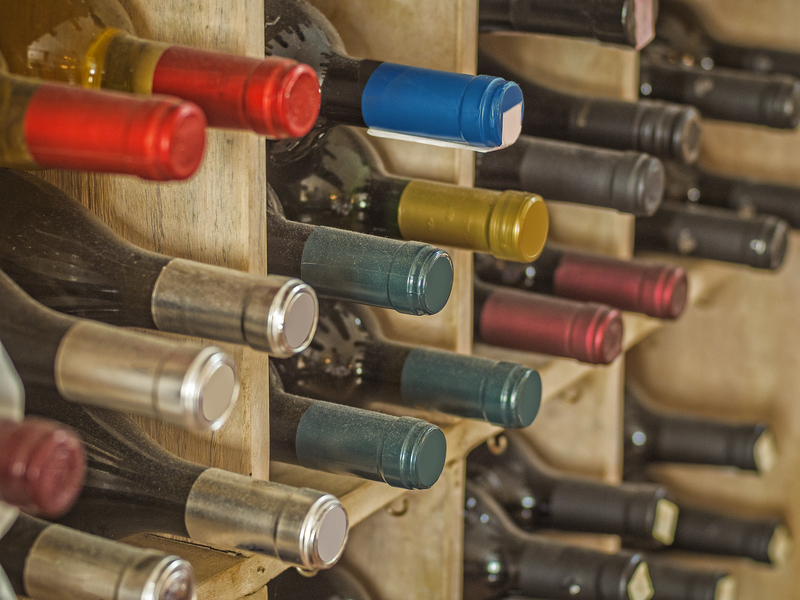Understanding Glass Recycling: What You Should Know
In today's world, environmental sustainability is more crucial than ever. Among the many materials we recycle, glass stands out as one of the most impactful. This comprehensive guide will help you understand the importance of glass recycling, how it benefits the environment, and what steps you can take to contribute to this essential process.
Why is Glass Recycling Important?
Glass recycling plays a significant role in reducing waste and conserving resources. Here are some compelling reasons why glass recycling should be a priority:
- Energy Conservation: Recycling glass uses 40% less energy than creating new glass from raw materials.
- Resource Preservation: It reduces the need for raw materials such as sand, soda ash, and limestone.
- Waste Reduction: Glass takes a long time to decompose in landfills; recycling keeps it out of these sites.
- Reduced Carbon Footprint: It minimizes carbon emissions associated with glass production.
The Glass Recycling Process
To better understand glass recycling, it's essential to know how the process works:
- Collection: Glass bottles and jars are collected from recycling bins.
- Sorting: The glass is sorted by color and type to ensure efficient recycling.
- Washing: The sorted glass is cleaned to remove any impurities or labels.
- Crushing: It is then crushed into small pieces known as cullet.
- Melting: The cullet is melted in a furnace with other raw materials.
- Molding: Finally, the molten glass is molded into new products, such as bottles and jars.

Types of Glass That Can Be Recycled
Not all glass is created equal when it comes to recycling. It's crucial to know which types can be recycled and which cannot:
Recyclable Glass:
- Clear glass bottles and jars
- Green and brown glass containers
- Blue glass bottles
Non-Recyclable Glass:
- Ceramics and Pyrex: Because they have a different melting point.
- Mirror and window glass: These contain different materials.
- Light bulbs and tubes: Mixed materials make them unsuitable.
Challenges in Glass Recycling
Despite its benefits, glass recycling faces several challenges:
- Contamination: Non-recyclable materials mixed with glass can affect the quality of the recycled product.
- Sorting: Improper sorting by color or type can lead to defects in new products.
- Transportation: Glass is heavy and can be costly to transport to facilities.

How You Can Help Promote Glass Recycling
Promoting glass recycling is a responsibility we all share. Here's what you can do to make a difference:
At Home:
- Educate: Learn more about what types of glass can be recycled in your area.
- Prepare: Rinse glass bottles and jars to remove residue before recycling.
- Sort: Separate glass by color if required.
In the Community:
- Advocate: Encourage local authorities to implement effective glass recycling programs.
- Participate: Join community clean-up and recycling initiatives.
The Future of Glass Recycling
As technology evolves, so does the potential for more efficient and effective glass recycling methods. Here are some future trends to look out for:
- Innovative Technologies: Advanced sorting technologies that can improve the quality of recycled glass.
- Alternative Uses: Development of new products that incorporate recycled glass.
- Policy Support: Government incentives and policies encouraging more glass recycling initiatives.
Conclusion
Understanding the complexities of glass recycling allows us to actively participate in sustaining our environment. Every bottle recycled contributes to conserving energy, preserving natural resources, and reducing waste. By being informed and proactive, you can help ensure that your community reaps the environmental and economic benefits of glass recycling.
Remember, every small effort counts towards a more sustainable future. So, the next time you finish a glass beverage, think about the journey it can take through the process of recycling, and make the choice to recycle!